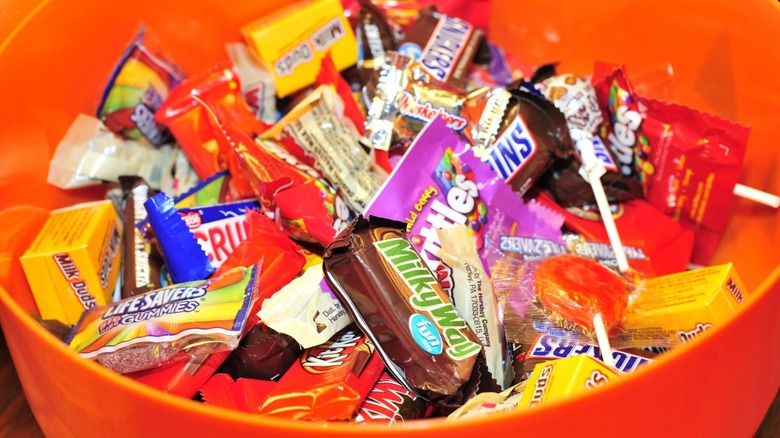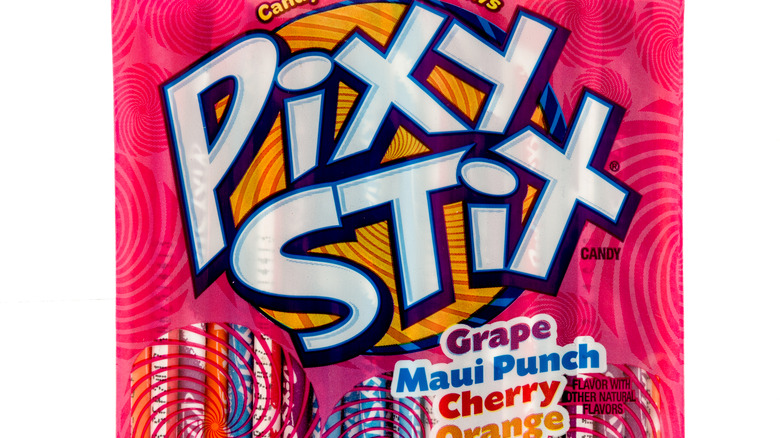Why Do Some People Think Halloween Candy Is Dangerous?
As a kid, when you dressed up in your best costume to go out with your friends on Halloween, you probably heard your parents and grandparents saying "Bring your candy home before you eat it. We'll make sure it's safe to eat." Being a kid, you may have thought that was just the adults getting all crazy about nothing. After all, what kid is going to be worried about candy when your neighbors are literally dumping free candy into your plastic pumpkin?
How exactly did this fear of children eating poisoned candy or finding razor blades in their candy bars come about? Was it a case of the media overplaying parental concerns for better ratings? Was it just some goofy urban legend that some parents took too seriously? While some of these fears are indeed products of an overactive imagination, there have been cases where children have been the targets of malicious individuals on what should have been a night of harmless pranks and scares.
For example, in 2021, police in the Hillsborough County area of Florida reported that an 8-year-girl was injured after eating a razor blade hidden inside of her 100 Grand chocolate bar (via Facebook). And CBC tells us that the cruel "tradition" of tampering with children's Halloween candy goes back to 1959 involving a California dentist and laxative-laced candy.
But there's one particularly infamous story that gripped a stunned nation and made parents uneasy about the whole trick-or-treating custom altogether.
A poisoned Pixy Stix
The year is 1974, Halloween night, and a young boy by the name of Timothy O'Bryan had just returned home from a Halloween out with his father and his friends. Before he would turn in for the night, Timothy ate a Pixy Stix, those long straws full of colorful powdered sugar. Within the hour, Timothy was dead. The murder weapon was discovered to be his own candy, laced with cyanide. As HISTORY tells us, the culprit wasn't a random stranger or a cruel prankster, but instead, Timothy's own father, Ronald O'Bryan, had poisoned his son's candy in an attempt to collect insurance money. The shocking crime came to haunt the beloved trick-or-treating tradition, with some even calling Ronald the "Man Who Killed Halloween" (via A&E).
As Smithsonian Magazine reports, the tale of a child swallowing a mouthful of poison disguised as innocent candy was not the only incident of Halloween hi-jinx gone too far, but the real stories are in fact very rare. Most of these fables, Smithsonian explains, are nothing more than popular myths, legends, and gossip sensationalized by the media. While there were times when pranksters attempted to hand out everything from dog treats to ant traps as "joke treats," they only lead to the prankster in question getting a slap on the wrist for misdemeanors than any charges of manslaughter.
Still, safety should be any parent's number one concern, even if you're enjoying some Halloween candy with your kids.

